Looking for suggestions for flooring & counter top for 1919 home
tmclaire
10 years ago
Related Stories
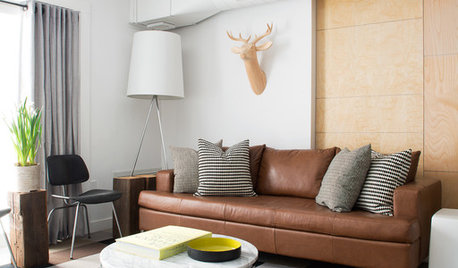
HOUZZ TOURSHouzz Tour: Nature Suggests a Toronto Home’s Palette
Birch forests and rocks inspire the colors and materials of a Canadian designer’s townhouse space
Full Story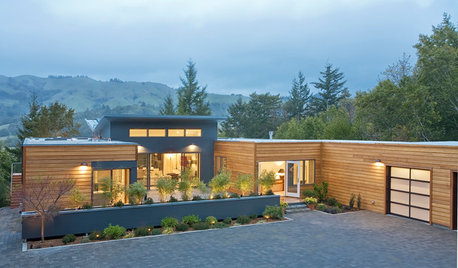
GREEN BUILDINGEfficient Architecture Suggests a New Future for Design
Homes that pay attention to efficient construction, square footage and finishes are paving the way for fresh aesthetic potential
Full Story
TILETop Tile Trends From the Coverings 2013 Show — the Wood Look
Get the beauty of wood while waving off potential splinters, rotting and long searches, thanks to eye-fooling ceramic and porcelain tiles
Full Story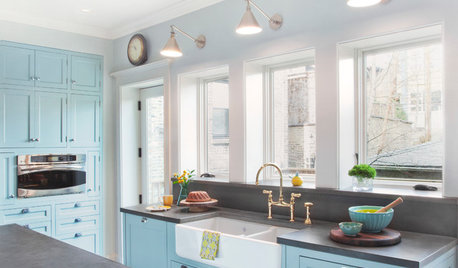
KITCHEN BACKSPLASHES10 Top Backsplashes to Pair With Concrete Counters
Simplify your decision making with these ideas for materials that work well with concrete
Full Story
KITCHEN COUNTERTOPS10 Top Backsplashes to Pair With Soapstone Countertops
Simplify your decision-making process by checking out how these styles work with soapstone
Full Story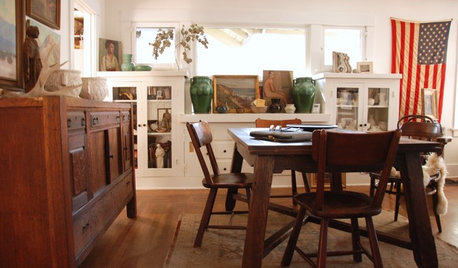
CRAFTSMAN DESIGNMy Houzz: Small-Space Living in a Restored Bungalow
See how this homeowner celebrates his personal style, his flea market finds and the heritage of his 1919 Long Beach home
Full Story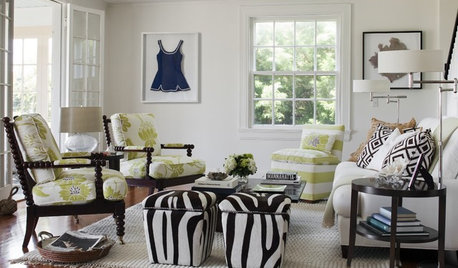
DECORATING GUIDESHere's How to Steer Clear of 10 Top Design Don'ts
Get interiors that look professionally styled even if you're taking the DIY route, by avoiding these common mistakes
Full Story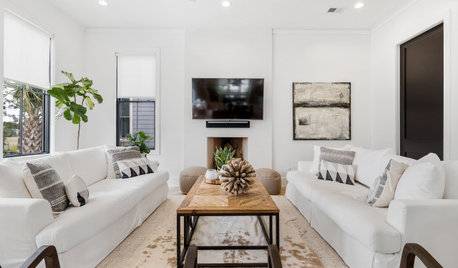
HOUSEKEEPINGHow to Keep Your White Spaces Looking Great
Brighten up your white walls, floors and furniture with these cleaning and maintenance tips
Full Story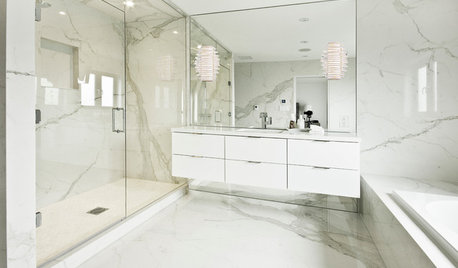
DECORATING GUIDESLook-Alikes That Save Money Without Skimping on Style
Whether in woodwork, flooring, wall treatments or tile, you can get a luxe effect while spending less
Full Story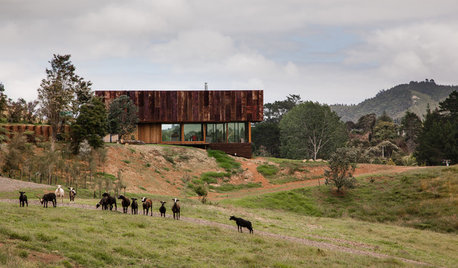
HOMES AROUND THE WORLDHouzz Tour: A Home Made to Look ‘Smashed, Bashed and Broken’
In a beautiful, secluded New Zealand valley, a vacation house buit from reclaimed materials pays homage to traditional agrarian structures
Full Story





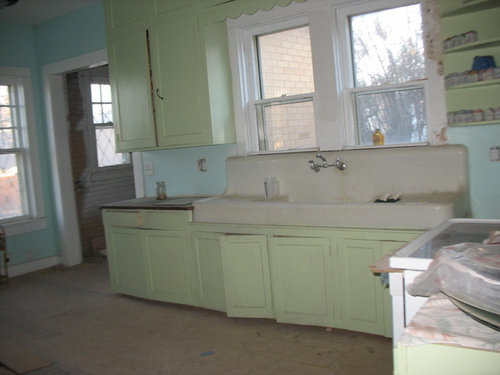



columbusguy1
maryinthefalls
Related Professionals
Montebello Kitchen & Bathroom Designers · Yorba Linda Kitchen & Bathroom Designers · Adelphi Kitchen & Bathroom Remodelers · Alpine Kitchen & Bathroom Remodelers · Champlin Kitchen & Bathroom Remodelers · Chandler Kitchen & Bathroom Remodelers · Cocoa Beach Kitchen & Bathroom Remodelers · Kendale Lakes Kitchen & Bathroom Remodelers · Lyons Kitchen & Bathroom Remodelers · Martha Lake Kitchen & Bathroom Remodelers · South Park Township Kitchen & Bathroom Remodelers · Thonotosassa Kitchen & Bathroom Remodelers · Waukegan Kitchen & Bathroom Remodelers · Lawndale Kitchen & Bathroom Remodelers · Fort Lewis Architects & Building DesignerstmclaireOriginal Author
lazy_gardens
columbusguy1
liriodendron
schoolhouse_gw
tmclaireOriginal Author
tmclaireOriginal Author
columbusguy1
navi_jen
sombreuil_mongrel
tmclaireOriginal Author
tmclaireOriginal Author
kompy
tmclaireOriginal Author
s8thrd
tmclaireOriginal Author
User
columbusguy1
tmclaireOriginal Author
Circus Peanut
tmclaireOriginal Author
lazy_gardens